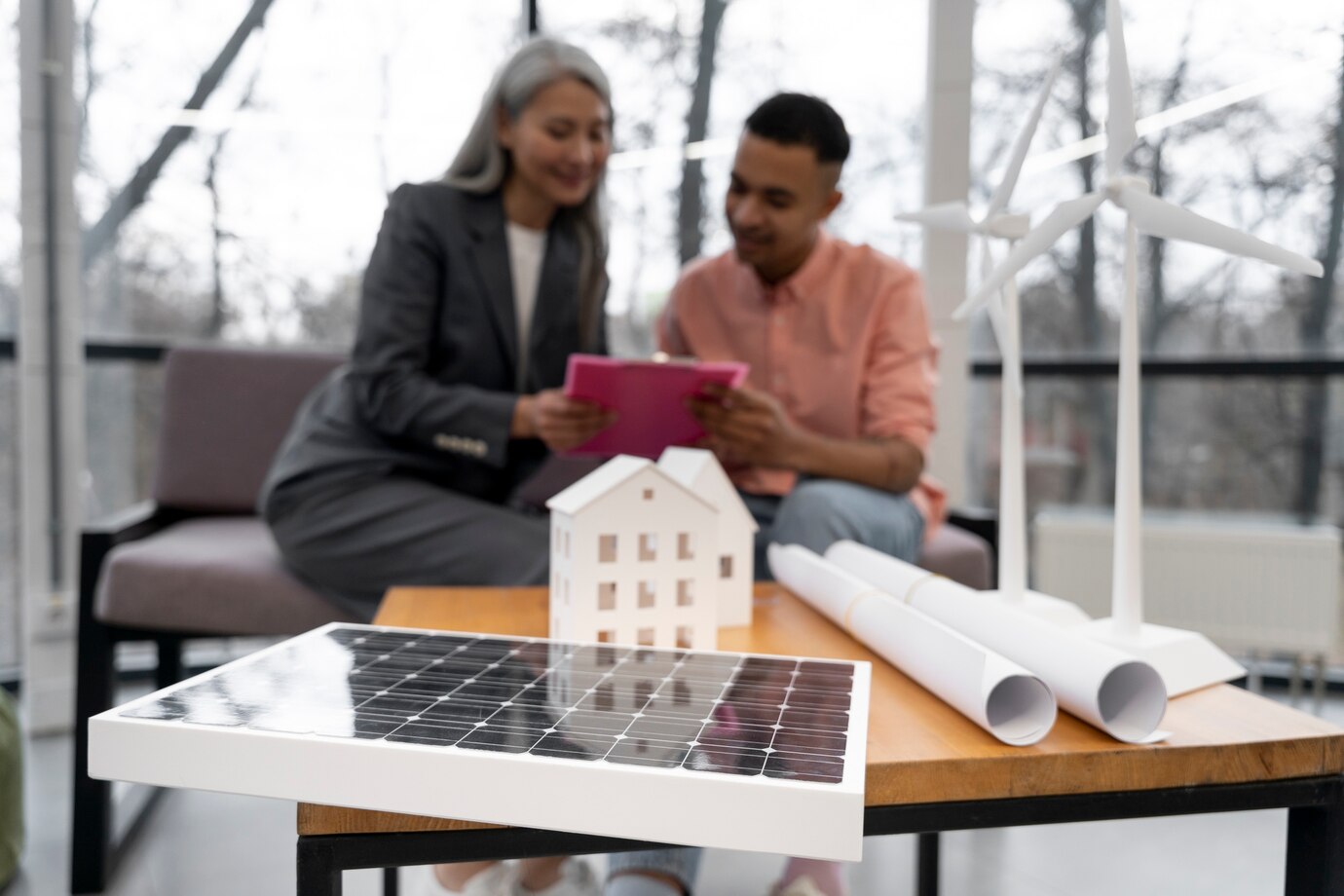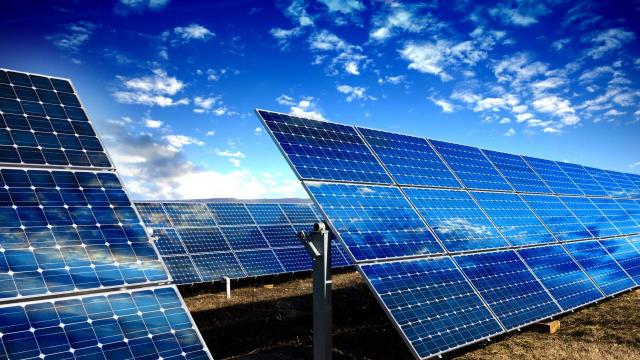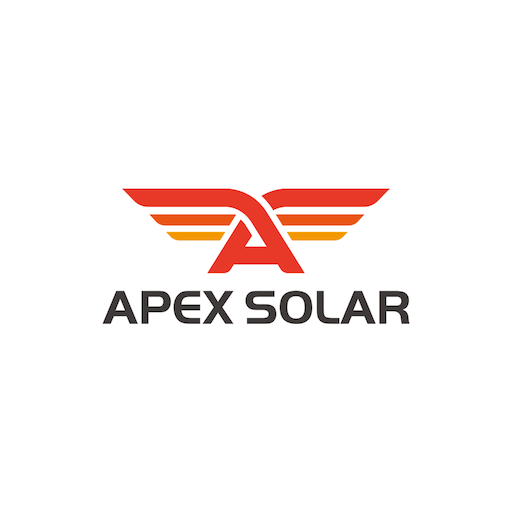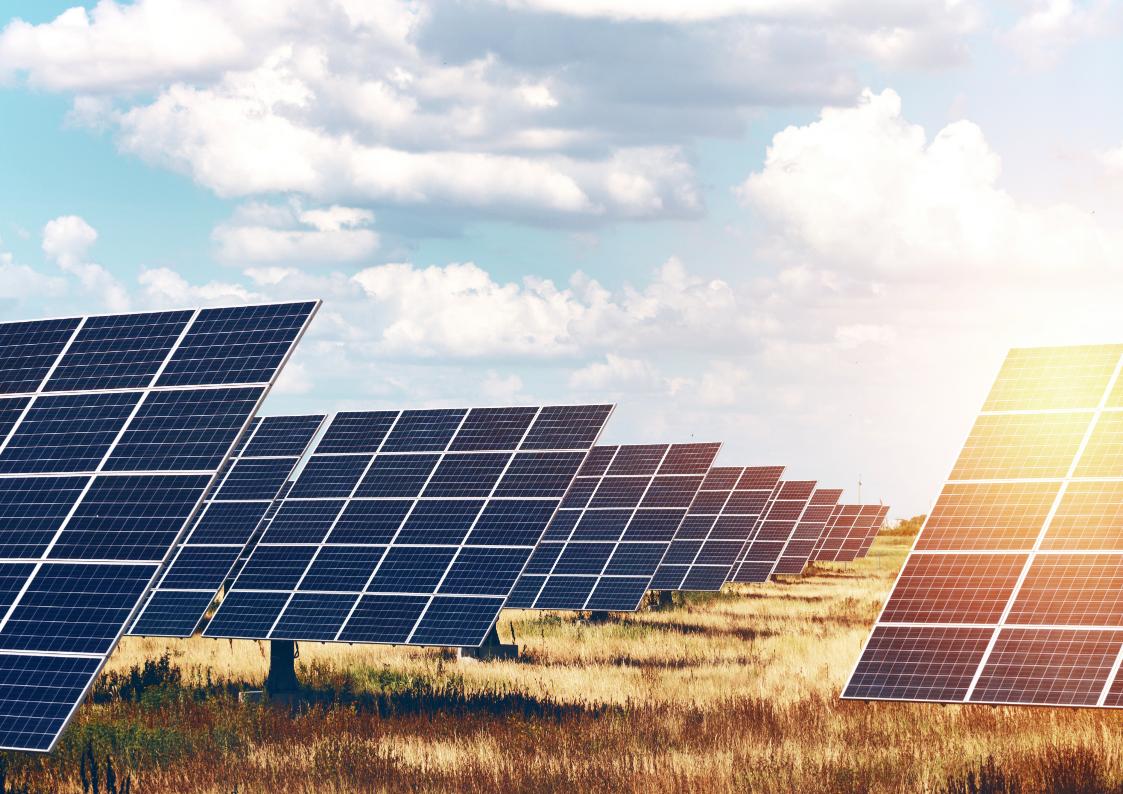Powering the Future: Analyzing Pakistan’s Energy Storage Market Potential by 2025
February 17, 2025

Introduction
Pakistan’s energy sector, long burdened by chronic shortages and an over-reliance on fossil fuels, is at a crossroads. While renewable energy adoption—particularly solar and wind—has gained momentum, the missing link in achieving a resilient, 24/7 power supply lies in energy storage. By 2025, Pakistan’s energy storage market is poised to emerge as a critical enabler of its renewable transition, bridging gaps between generation and demand, stabilizing grids, and empowering off-grid communities. This analysis explores the drivers, challenges, and opportunities shaping Pakistan’s energy storage landscape, projecting its trajectory over the next two years.
Current State of Energy Storage in Pakistan
As of 2023, Pakistan’s energy storage capacity remains nascent, with <50 MW of installed battery storage, primarily in pilot projects and small-scale solar hybrids. However, foundational shifts are underway:
– Grid-Scale Pilots: The National Transmission & Despatch Company (NTDC) has initiated a 20 MW battery storage pilot in Lahore to manage peak demand.
– Solar-Storage Hybrids: Off-grid systems in rural Sindh and Balochistan pair solar panels with lead-acid batteries, powering schools and clinics.
– Policy Recognition: The Alternative Energy Policy 2019 acknowledges storage as a priority, though dedicated regulations are still lacking.
Key Drivers of Energy Storage Growth (2023–2025)
1. Integration of Variable Renewables
Pakistan aims to achieve 30% renewable energy by 2030, but solar and wind’s intermittency strain the grid. Storage systems will be essential to smooth output, reduce curtailment, and enhance grid stability.
2. Rising Electricity Demand
Peak demand is projected to hit 35,000 MW by 2025, up from 28,000 MW in 2023. Storage can mitigate load-shedding, which costs the economy $6–8 billion annually.
3. Falling Storage Costs
Global lithium-ion battery prices have dropped 89% since 2010 (to $130/kWh in 2023), making storage viable for utilities and households. By 2025, prices could fall below $100/kWh, accelerating adoption.
4. Electric Vehicle (EV) Momentum
Pakistan’s National Electric Vehicle Policy targets 30% EV penetration by 2030. This will spur demand for charging infrastructure and second-life battery recycling, creating a circular storage economy.
5. International Climate Finance
The World Bank and Asian Development Bank have pledged $500 million for Pakistan’s renewable energy and storage projects, including the Balochistan Solar Energy Project with integrated storage.
Market Projections for 2025
Analysts forecast Pakistan’s energy storage market to grow at a 22% CAGR, reaching 200–300 MW by 2025. Key segments include:
– Utility-Scale Storage: Grid-connected projects (e.g., hybrid solar-storage plants) could account for 60% of capacity, driven by tenders under the China-Pakistan Economic Corridor (CPEC).
– Commercial & Industrial (C&I): Factories and hospitals are adopting solar-storage systems to offset diesel generator dependence, with the C&I segment growing at 18% annually.
– Residential & Rural: Solar home systems (SHS) with lithium batteries could power 5 million households by 2025, supported by microfinancing schemes.
Challenges to Address
1. High Upfront Costs
Despite declining prices, a 5 kWh residential battery system costs PKR 300,000–400,000, unaffordable for most households without subsidies.
2. Regulatory Uncertainty
Pakistan lacks a clear framework for storage tariffs, grid codes, or safety standards, deterring private investment.
3. Technical Limitations
Extreme temperatures (e.g., Sindh’s 50°C summers) reduce battery efficiency and lifespan. Local technicians also lack expertise in advanced systems.
4. Dependency on Imports
95% of batteries are imported, primarily from China, exposing the market to supply chain disruptions and currency volatility.
Emerging Opportunities
1. Solar-Storage Hybrids for Agriculture
Solar-powered tubewells with storage could revolutionize irrigation in Punjab, where farmers spend PKR 50 billion annually on diesel.
2. Second-Life EV Batteries
Retired EV batteries, with 70–80% residual capacity, could be repurposed for low-cost rural microgrids by 2025.
3. Pumped Hydro Storage (PHS)
Pakistan’s mountainous north has potential for PHS projects, such as the proposed 1,000 MW project in Gilgit-Baltistan, offering long-duration storage.
4. Local Manufacturing
CPEC partnerships could establish lithium-ion assembly plants, reducing costs and creating jobs.
Case Study: K-Electric’s Battery Storage Pilot
In 2022, K-Electric launched a 10 MW battery storage system in Karachi to manage peak demand. The project reduced load-shedding by 15% in pilot areas and demonstrated a 20% cost saving compared to diesel backups. Scalability hinges on replicating this model in other cities.
Strategic Recommendations
1. Develop a National Storage Policy
Define tariffs, grid integration rules, and safety standards to attract private players.
2. Subsidize Rural Storage Solutions
Expand programs like the State Bank’s Solar Loan Scheme to include battery financing.
3. Invest in R&D
Partner with universities and global firms to build local expertise in battery management systems (BMS).
4. Leverage Climate Funds
Channel grants from the Green Climate Fund (GCF) toward pilot projects and workforce training.
Conclusion
By 2025, Pakistan’s energy storage market will transition from pilots to mainstream adoption, driven by renewable integration, technological advancements, and urgent energy security needs. While hurdles like financing and regulation persist, strategic reforms and international collaboration can unlock a $1 billion market opportunity. For a nation striving to overcome energy poverty and climate vulnerabilities, storage isn’t just an option—it’s the backbone of a sustainable future.
Related Post
Project Inquiry
If you have a project request, please submit the form here and our sales consultant will contact you as soon as possible.



